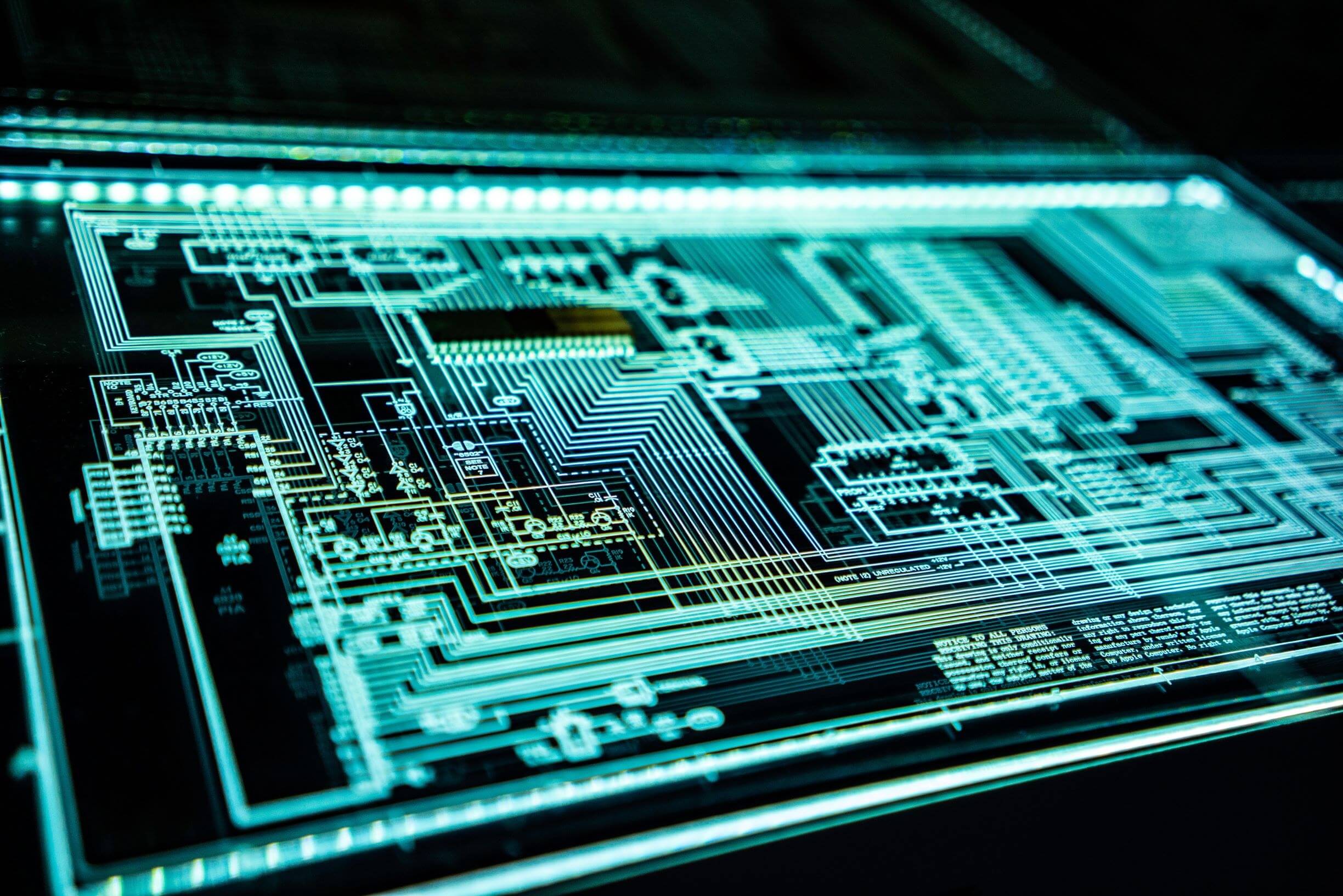Highly anticipated: Nowhere in the hardware industry is there as much profit, focus, and warfare as the server market, where high core counts and power consumption are the be all and end all. It's here that Intel has reigned king with 90%+ market share, yet judging by a slew of recent leaks, that could all be about to change.
Let's cut to the chase: AMD has submitted their designs to the Eurasian Economic Commission (EEC) and the public listing give away the model names, core counts and TDPs of the entire Epyc Rome lineup, the server equivalent to the recently announced 7nm Zen 2 Ryzen. A Belgian hardware retailer by the name of 2Compute listed the chips shortly after, informing us of the prices, cache and boost clock speeds, but view the prices with an analytical eye. Until AMD confirms them, nothing is guaranteed.
AMD is bringing 64, 48, 32, 24, 16, 12 and 8 core variants to the market this time, most of which are available in three configuration options. A fancy-pants dual-socket compatible version, a single-socket version with identical specs (bar one or two exceptions) and a 'budget' variant that cuts back a little while increasing power efficiency.
Prices range from $7,800 to $510, though the best looking one is the $5,000 'budget' 64-core monster. On the Intel Xeon Platinum side, five grand only nets you 28 cores, though ever-so-slightly faster ones at 3.8 GHz instead of 3.35 GHz.
AMD Epyc Rome
| Model | Cores/ Threads |
Boost (GHz) | TDP (Watts) | Total Cache (MB) | Dual Socket Price | Single Socket Price | Budget Variant Price |
| Epyc 7742 | 64/128 | 3.40 | 225 | 256 | $7,800 | $7,200 | $5,000 |
| Epyc 7642 | 48/96 | 3.40 | 225 | 192 | $5,400 | - | $4,500 |
| Epyc 7502 | 32/64 | 3.35 | 180 | 128 | $2,900 | $2,600 | $2,300 |
| Epyc 7402 | 24/48 | 3.35 | 180 | 128 | $2,000 | $1,400 | $1,500 |
| Epyc 7302 | 16/32 | 3.30 | 155 | 128 | $1,100 | $930 | $730 |
| Epyc 7272 | 12/24 | 3.20 | 120 | 64 | $700 | - | - |
| Epyc 7262 | 8/16 | 3.40 | 155 | 64 | $650 | $510 | $540 |
A particularly appealing deal is the $1,500 24-core chip, which is just $300 more than the equivalent Threadripper. While it is slower at only 3.35 GHz, there are plenty of extra features to be had on the Epyc platform, including PCIe 4.0 and 128 PCIe lanes. Recently leaked presentation slides for the new processors also say Rome will support 3200 MHz RAM in eight channels, for up to 4 TB of RAM per socket. Intel is presently limited to 2 TB across six channels, and only up to speeds of 2666 MHz. It's also worth noting that Intel processors have significantly higher TDPs at the high-end, much higher prices at the low-end, and far less cache the whole way through.
While Intel's Xeon Platinum are all multi-socket compatible (exceeding eight in theory, up to four in practice) it's difficult to believe that the cost savings on motherboards and other parts would account for the cost differences between parts. Roughly matching core count, AMD's 32-core processor is 29% cheaper than Intel's 28-core, their 24-core part is 57% cheaper, and their 16-core part is 69% cheaper.
Intel Xeon Platinum
| Model | Cores/ Threads |
Boost/Base (GHz) | TDP (Watts) | Total Cache (MB) | Flagship Variant Price | Cheapest Variant Price* |
| Xeon 9282 | 56/112 | 3.80/2.60 | 400 | 77.0 | - | - |
| Xeon 9242 | 48/96 | 3.80/2.30 | 350 | 71.5 | - | - |
| Xeon 8167 | 28/56 | 3.80/2.50 | 205 | 38.5 | $11,000 | $4,600 |
| Xeon 8164 | 26/42 | 3.70/2.00 | 150 | 35.8 | $7,500 | $5,000 |
| Xeon 8160 | 24/48 | 3.70/2.10 | 150 | 33.0 | $4,800 | $4,700 |
| Xeon 8153 | 16/32 | 3.00/2.20 | 125 | 22.0 | $3,000 | - |
| Xeon 8158 | 12/24 | 3.70/3.00 | 150 | 24.8 | - | - |
However, there remains the question, are great specs and prices enough to topple Intel? Rome's prices and specs are better than current-gen Epyc of course, but not drastically so. Hop over to Newegg right now, you can buy current-gen's cheapest 32-core for the same $2,300 the new one shall cost. AMD has had a tough time toppling Intel off their perch, and even this new push might now be enough to gain significant market share.
At AMD's quarterly earnings results conference in May, CEO Lisa Su shared that they would begin shipping Epyc processors in Q2 for launch in Q3, which is right around the corner. We can expect confirmation on the details soon, though expect prices to fluctuate, as server hardware is sold at different prices in different quantities and changes with the market very rapidly.
Last but not least, you can expect a prosumer derivative of the same processors in Threadripper form, likely sometime before the end of the year.
